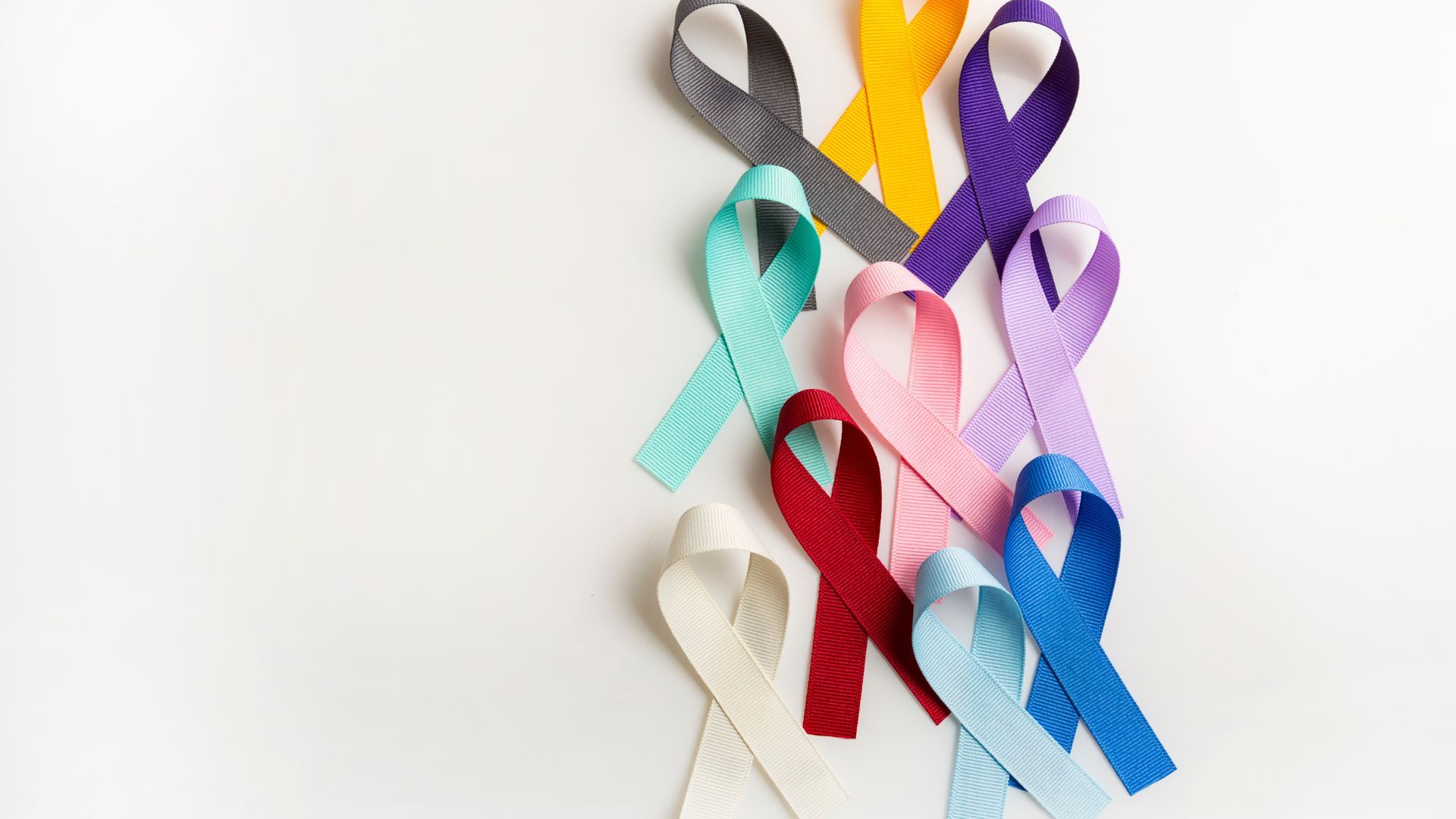According to the American Cancer Society, a total of 1.9 million new cancer cases and 609,820 deaths from cancer are expected in 2023. (1) Research shows that more than 40% of all cancers diagnosed and nearly half of all cancer deaths can be attributed to easily preventable causes.
Five Common Causes of Cancer:
- Cigarette smoking and secondhand smoke
- Exposure to carcinogens and phthalates
- Exposure to sun and tanning beds
- Overweight and obesity
- Excessive alcohol use
Because these causes are often preventable, it’s important to do what we can to avoid them
Five Steps To Help Reduce Cancer Risk:
1. Don’t use tobacco or be around smokers. Smoking has been linked to many types of cancer, including that of the lungs, mouth, throat, voice box, pancreas, bladder, cervix and kidneys. (2) Even being around smoke or tobacco (secondhand smoke) can increase one’s chances of developing cancer. And it’s not only smoking that’s harmful. Any tobacco use – including chewing tobacco – has also been linked to cancer.
a. In 2021, Austin Air teamed up with Johns Hopkins in a study to measure how using an Austin Air purifier could improve indoor air quality for pregnant women or women with young children living with a smoker. (3) Two Austin Air purifiers were installed in each home. It was clinically proven that our air purifiers are effective at removing PM2.5, and 98% of participants said they would recommend Austin Air purifiers to friends and family looking to improve air quality.
2. Avoid phthalates and other known carcinogens. Carcinogens are substances known to cause cancer in living tissue. They may occur naturally in the environment, or they may be generated by humans. Examples of carcinogens include tanning beds, air pollution, and phthalates. Phthalates are a group of chemicals that help increase the durability of plastic. They are endocrine disruptors and are known to increase the risk of certain types of cancers, such as breast cancer. (4) (5)
a. The most effective way to reduce indoor air pollution is by using an air purifier. But not just any air purifier will do. According to a review carried out by the EPA, air purifiers using a combination of HEPA and carbon are the most effective. (6) However, the report noted there must be a significant amount of HEPA and carbon, which most air purifiers lack. Austin Air purifiers, however, contain up to 15 pounds of activated carbon and 60 square feet of true, medical-grade HEPA to remove the widest range of carcinogens.
3. Eat a healthy diet. High-fat, low-fiber diets may increase the risk of many types of cancer, including that of the bowel, lungs, prostate, and uterus. Higher consumption of foods such as sugar, refined carbs, and processed and overcooked meat can contribute to cancer development. (7) You can decrease your risk of cancer by eating a wide variety of nutritious foods.
4. Maintain a healthy weight and be physically active. Being overweight and obese can cause changes in the body that may lead to cancer, like high inflammation, high insulin, and high sex hormones. Frequent exercise also boosts the immune system, which helps fight off cancer.
5. Protect yourself from the sun. Too much ultraviolet radiation from the sun or sunbeds can damage the DNA in our skin cells. Our DNA tells our cells how to function, and if enough DNA damage builds up over time, it can cause our cells to grow out of control, leading to cancer. (8) For those who really want color over the summer, it’s best to use zinc oxide sunblock or get organic, paraben-free spray tans.
References:
- https://www.cancer.org/latest-news/facts-and-figures-2023.html
- https://www.cdc.gov/vitalsigns/cancerandtobacco/index.html
- https://www.ncbi.nlm.nih.gov/pmc/articles/PMC5929467/?_ga=2.254108042.380034875.1675445285-716362207.1674585180
- https://www.ncbi.nlm.nih.gov/pmc/articles/PMC5973437/?_ga=2.82226580.380034875.1675445285-716362207.1674585180
- https://pubmed.ncbi.nlm.nih.gov/30271702/
